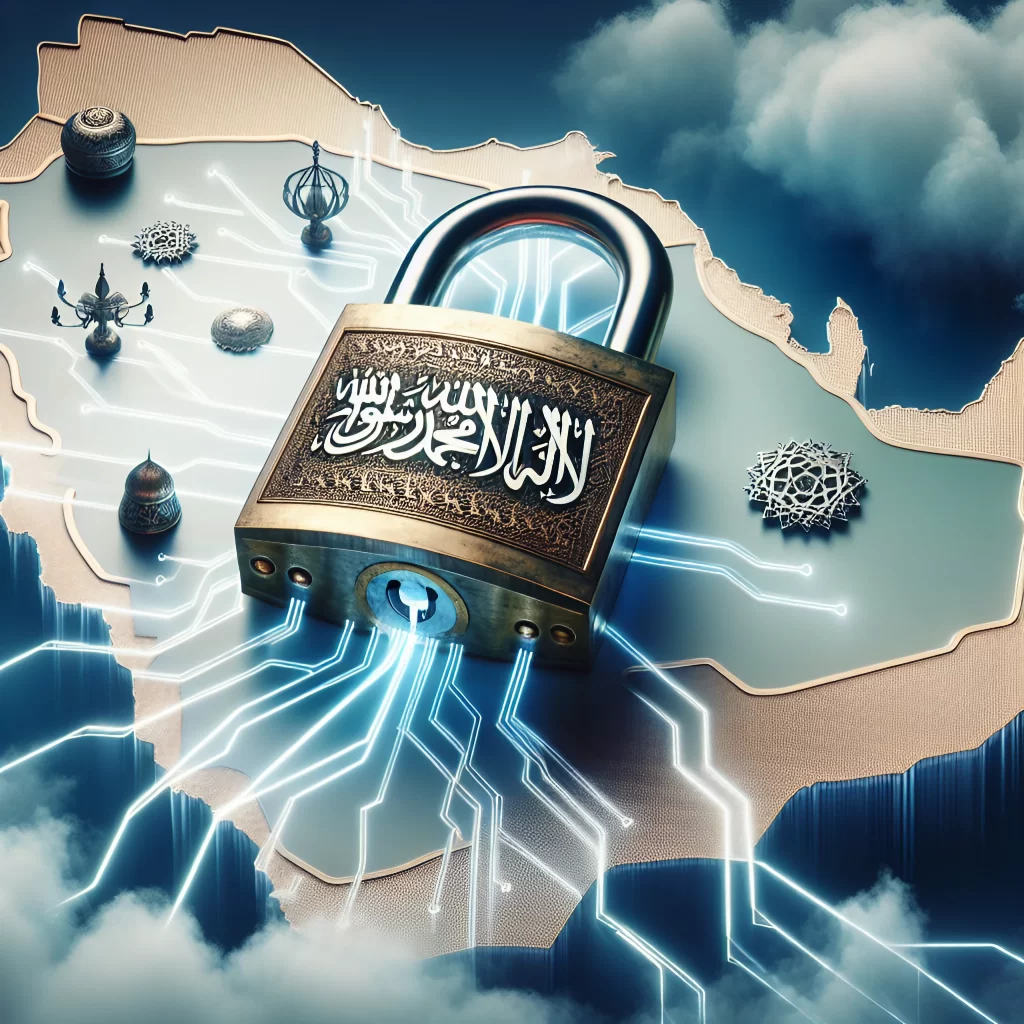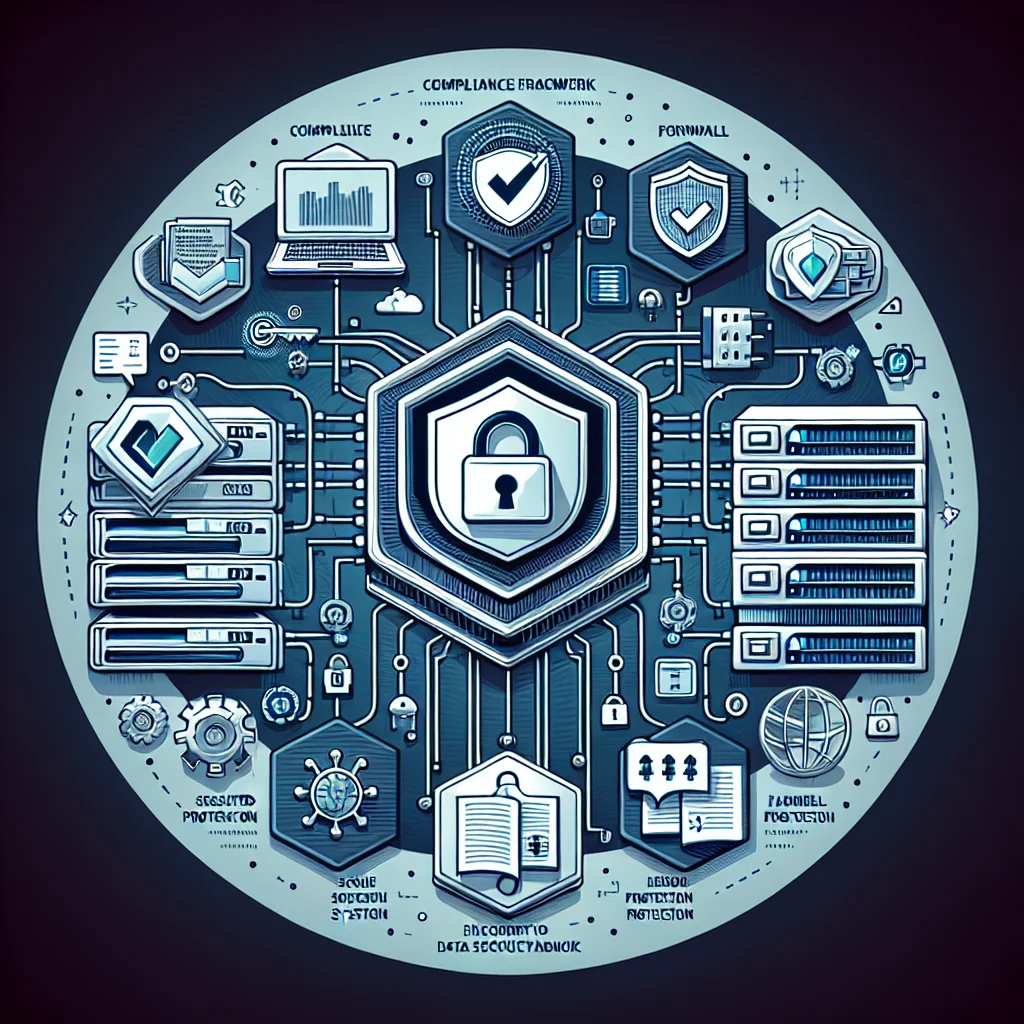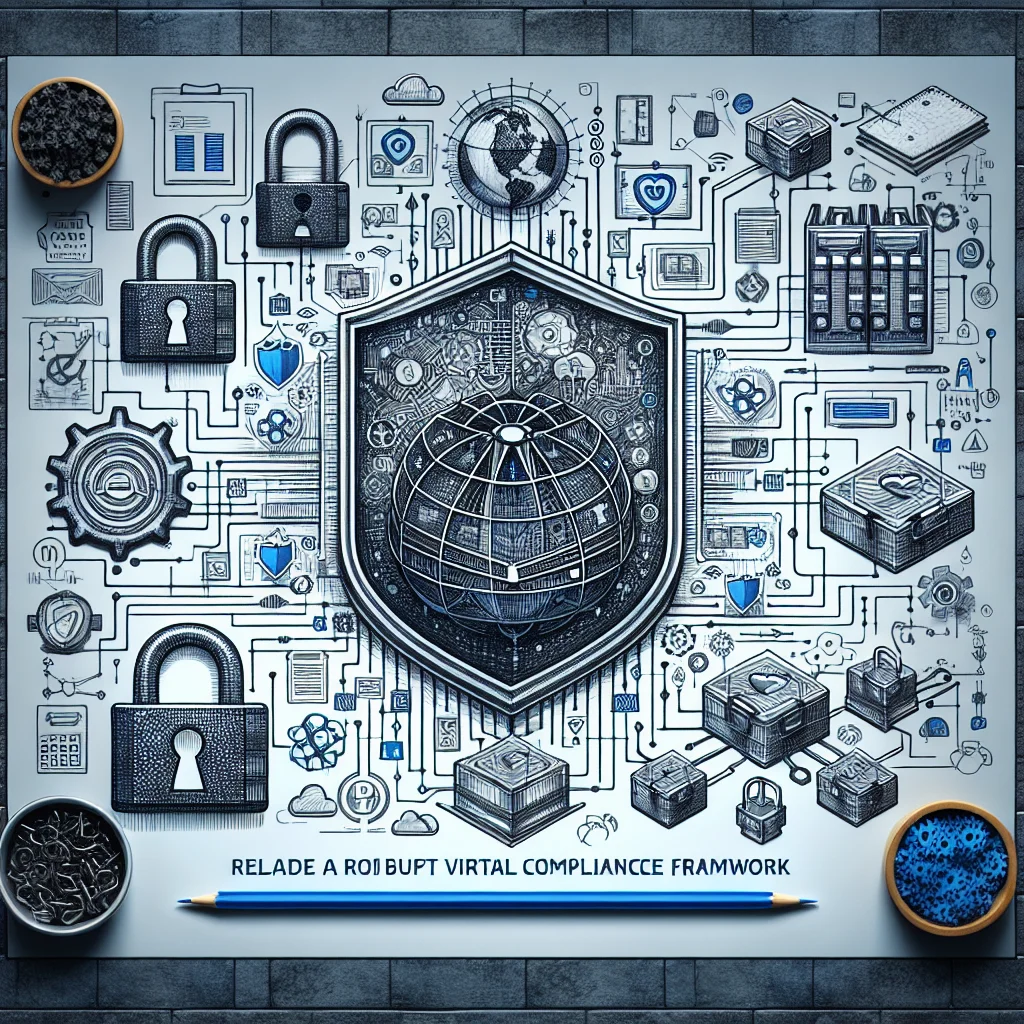In today’s interconnected world, the cybersecurity of critical infrastructure (CI) has never been more vital. From power grids and water supplies to transportation systems and telecommunications, these systems underpin the daily lives of millions. For Chief Information Security Officers (CISOs) in the Middle East, the stakes are particularly high given the region’s strategic importance and its evolving cyber threat landscape.
Understanding Critical Infrastructure Cybersecurity (CIC)
Critical Infrastructure Cybersecurity revolves around protecting the physical and virtual assets essential to the functioning of a society and economy. The importance of these systems means they are prime targets for cyberattacks, which can disrupt national security, economic stability, and public safety.
The Middle East, with its rich resources and pivotal geographical location, faces unique challenges in this domain. With the region’s rapid technological advancement and increasing digitization, it becomes imperative to adopt robust cybersecurity measures to protect critical infrastructure.
FAQ for Critical Infrastructure Cybersecurity (CIC)
Why is CIC particularly important in the Middle East?
The Middle East is a strategically significant region with a wealth of resources and a complex geopolitical landscape. The potential for cyberattacks targeting its critical infrastructure—from oil production to military systems—poses substantial risks to national security, economic stability, and public safety.
What are the common cyber threats to critical infrastructure?
Common cyber threats include ransomware attacks, phishing, denial-of-service attacks, and insider threats. These can lead to service disruptions, data breaches, and even physical damage to infrastructure.
How can organizations enhance their CIC measures?
Organizations can enhance their CIC measures by adopting multi-layered security approaches, conducting regular risk assessments, investing in advanced monitoring technologies, and fostering a culture of cybersecurity awareness among employees.
What role do government regulations play in CIC?
Government regulations are crucial in setting the standards and requirements for protecting critical infrastructure. They help establish protocols for incident reporting, data protection, and risk management, thereby promoting a more secure environment.
Common Controls Between CIC and Other Frameworks
When it comes to safeguarding critical infrastructure, aligning cybersecurity efforts with established frameworks such as the Cybersecurity Capability Maturity Model (CMMC), ISO/IEC 27001, and the National Institute of Standards and Technology (NIST) Cybersecurity Framework is essential. These frameworks provide a structured approach to managing security risks and include a range of common controls that can be applied effectively across various sectors.
Key Common Controls:
- Asset Management (CMMC Clause 3.1.1, ISO Clause A.8): Understanding and managing assets is fundamental. All frameworks stress the importance of maintaining an accurate inventory of physical and digital assets to ensure proper protection.
- Access Control (CMMC Clause 3.1.2, ISO Clause A.9): Implementing strict access control measures helps to ensure that only authorized personnel have access to critical systems. This includes user authentication, role-based access, and regular audits of access privileges.
- Incident Response (CMMC Clause 3.6.1, ISO Clause A.16): Having a well-defined incident response plan is critical across all frameworks. This includes procedures for detection, response, recovery, and communication in the event of a cyber incident.
- Risk Assessment (CMMC Clause 3.11.1, ISO Clause A.6): Regular risk assessments are essential to identify vulnerabilities and potential threats. Frameworks encourage organizations to develop processes for identifying, analyzing, and mitigating risks associated with their critical infrastructure.
- Security Awareness Training (CMMC Clause 3.2.1, ISO Clause A.7): Promoting employee awareness and training in cybersecurity best practices is a common control emphasized by all frameworks. A well-informed workforce is key to identifying and reporting potential threats.
By integrating these common controls into their security strategies, organizations can significantly enhance their resilience against cyber threats while ensuring compliance with regulatory requirements and best practices.
Key Insights and Steps for Effective CIC
1. Conducting a Comprehensive Risk Assessment
Step-by-Step Guide
- Identify Assets: Begin by cataloging your critical infrastructure assets. Understand their functions, interdependencies, and criticality to operations.
- Assess Threats: Identify potential threats, both external (e.g., state-sponsored actors, hacktivists) and internal (e.g., insider threats).
- Evaluate Vulnerabilities: Analyze weaknesses in your systems. This includes outdated software, unpatched vulnerabilities, and weak access controls.
- Determine Impact: Understand the potential consequences of an attack on each asset. Prioritize assets based on their criticality and the severity of potential impacts.
- Mitigation Strategies: Develop strategies to mitigate identified risks. This includes implementing strong access controls, ensuring regular patching, and using intrusion detection systems.
2. Implementing Robust Access Controls
Step-by-Step Guide
- Access Control Policies: Establish strict access control policies. Define who has access to what information and under what circumstances.
- Multi-Factor Authentication (MFA): Implement MFA to ensure that access is granted only after multiple forms of verification.
- Role-Based Access Control (RBAC): Use RBAC to assign permissions based on the role of an individual within the organization.
- Regular Audits: Conduct regular audits to ensure compliance with access control policies. Adjust permissions as necessary based on changing roles and responsibilities.
3. Enhancing Network Security
Step-by-Step Guide
- Segmentation: Segment your networks to contain breaches. Ensure that critical systems are isolated from less critical ones.
- Firewalls and Intrusion Detection Systems: Implement firewalls and intrusion detection/prevention systems (IDS/IPS) to monitor and protect network traffic.
- Encryption: Use encryption to protect data in transit and at rest. This ensures that even if data is intercepted, it remains unreadable.
- Regular Monitoring: Continuously monitor network traffic for unusual activities. Use automated tools to detect and respond to anomalies in real-time.
4. Developing a Cybersecurity Incident Response Plan
Step-by-Step Guide
- Preparation: Establish an incident response team and define their roles. Ensure that everyone knows their responsibilities during a cyber incident.
- Detection and Analysis: Implement tools and processes to detect cyber incidents. Analyze the nature and extent of the breach.
- Containment and Eradication: Contain the breach to prevent further damage. Identify and eradicate the root cause of the incident.
- Recovery: Restore affected systems to normal operations. Ensure that data integrity and availability are maintained.
- Post-Incident Review: Conduct a post-incident review to understand what went wrong and how to prevent similar incidents in the future. Update your incident response plan accordingly.
5. Addressing Supply Chain Security
Step-by-Step Guide
- Supplier Assessment: Evaluate the cybersecurity practices of your suppliers. Ensure they meet your security standards.
- Contractual Obligations: Include cybersecurity requirements in contracts with suppliers. This ensures that they are legally obligated to comply with your security policies.
- Continuous Monitoring: Continuously monitor the cybersecurity posture of your supply chain. Use automated tools to detect and respond to threats.
- Incident Response Coordination: Ensure that your suppliers have incident response plans in place. Coordinate with them during cyber incidents to ensure a unified response.
6. Fostering a Cyber-Aware Culture
Step-by-Step Guide
- Awareness Training: Conduct regular cybersecurity awareness training for all employees. Ensure they understand the importance of cybersecurity and their role in protecting critical infrastructure.
- Phishing Simulations: Conduct phishing simulations to test employee readiness. Use the results to improve training programs.
- Security Champions: Identify and empower security champions within different departments. They act as liaisons between the cybersecurity team and the rest of the organization.
- Clear Communication: Maintain clear and open communication channels regarding cybersecurity policies and incidents. Ensure that employees know how to report suspicious activities.
7. Leveraging Advanced Technologies
Step-by-Step Guide
- Artificial Intelligence (AI) and Machine Learning (ML): Use AI and ML to detect and respond to anomalies in real-time. These technologies can analyze vast amounts of data and identify patterns that humans might miss.
- Blockchain: Implement blockchain for secure and transparent transactions. It provides a tamper-proof record of all transactions, enhancing trust and security.
- IoT Security: Secure Internet of Things (IoT) devices by implementing strong authentication and encryption mechanisms. Regularly update firmware to patch vulnerabilities.
- Cloud Security: If using cloud services, ensure that robust security measures are in place. This includes encryption, access controls, and regular security assessments.
Navigating the complexities of Critical Infrastructure Cybersecurity can be daunting, but you don’t have to do it alone. ComplyHawk offers an automated compliance platform that makes it easier for organizations to manage and enhance their cybersecurity posture. From automated risk assessments to continuous monitoring and incident response coordination, ComplyHawk has you covered.
Conclusion
In conclusion, securing critical infrastructure in the Middle East requires a proactive and comprehensive approach. By conducting thorough risk assessments, implementing robust access controls, enhancing network security, developing a cybersecurity incident response plan, addressing supply chain security, fostering a cyber-aware culture, and leveraging advanced technologies, CISOs can significantly mitigate risks and protect their organizations from cyber threats.
Remember, cybersecurity is not a one-time effort but an ongoing process. Stay vigilant, continuously update your security measures, and be prepared to adapt to the evolving threat landscape. With the right strategies and tools, you can safeguard your critical infrastructure and ensure the continued safety and prosperity of your organization and the broader community.
Ready to secure your critical infrastructure? Book a demo with ComplyHawk today and take the first step towards a safer, more secure future.



